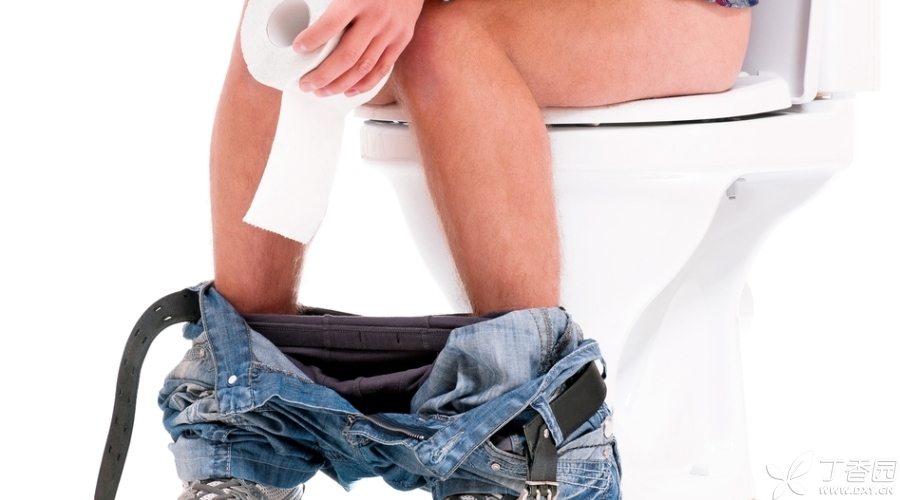
When a person reaches a certain age, due to the influence of physiological or disease factors, pelvic floor muscles may relax and often cannot hold their urine, resulting in various embarrassing scenes.
In the late 1940s, Dr. Arnold H. Kegel, an American gynecologist, invented a method to exercise pelvic floor muscles to prevent urinary incontinence.
Using this non-surgical method, both male and female patients can benefit from it.
Pelvic floor muscles are the muscles that support the bladder. Strong pelvic floor muscles help prevent urinary incontinence and are also very important for health. The correct Kegel exercise method refers to [being able to feel pelvic floor muscles and exercise them].
This sport is not for fitness.
Where exactly is the position of pelvic floor muscles?
This exercise is simple in itself, but finding the right pelvic floor muscles and exercising is not easy. More than a third of people do Kegel exercise, which contracts the muscles of their abdomen, buttocks or thighs, and thus cannot benefit from exercise.
The positioning methods of pelvic floor muscles include the following:
1. For women:
- Feel the action of contracting anus to avoid exhaust; Feel the vaginal contraction and clamp the sanitary napkins.
2. For men:
- Feel the action of contracting anus to avoid exhaust; Try to interrupt urination when urinating.
How should we practice?
As long as the position is correct, you can feel that the contraction of the pelvic floor muscles behind is stronger than that of the muscles in front.
1. What posture to practice?
First of all, choose the body position for exercise. Beginners can start from the supine position. When they can master the contraction movement of pelvic floor muscles, they can exercise in the sitting and standing positions.
2. What is the frequency of contraction and relaxation?
- Each pelvic floor muscle contracts for 3-5 seconds; Relax for 3-5 seconds; Repeat contraction and relax 15 times.
Take 15 times as a unit of exercise and complete at least 3 units per day. Patients can choose breakfast, lunch and bedtime to form habits and carry out regular exercises so as not to forget easily.
After each unit is completed, give your pelvic floor muscles a complete relaxation.
Step 3 Keep your other muscles relaxed
Don’t contract the muscles of abdomen, legs and buttocks, and fix the position of pelvis. You can gently place your hand on the abdomen to feel whether the abdominal muscles contract.
Step 4 Extend Exercise Time
Gradually increase the contraction and relaxation time, increasing the contraction and relaxation time to 10 seconds.
5. Exercise anytime and anywhere
This kind of exercise is a kind of private exercise, which is not easy to notice, so it can also be done while waiting for traffic lights, taking elevators or queuing for shopping.
6. Exercise Diversification
The frequency of contraction and relaxation of pelvic floor muscles can be controlled by oneself, but it can be long or short. Persistence is the most important.
Healthy people, Kegel, exercise also helps
If urinary incontinence (stress urinary incontinence) has ever occurred when coughing, sneezing, laughing, bending over or lifting heavy objects, one or more Kegel exercises will help prevent urinary incontinence before these actions triggering urinary incontinence occur later.
If you have a strong desire to urinate and it is difficult to insist before reaching the toilet, Kegel exercise also helps to control urination and allows patients sufficient time to go to the toilet calmly.
Practice is a long-term process.
However, as long as you persist, the contractile performance of the pelvic floor muscles of the patient will be improved in about 4-7 weeks, and the patient will also find that urinary incontinence is less frequent.
If the patient has not found any change after 4 ~ 7 weeks of exercise, it is necessary to ask the doctor to see if the exercise method is wrong or there are other reasons.
Responsible Editor: Jing Liu
